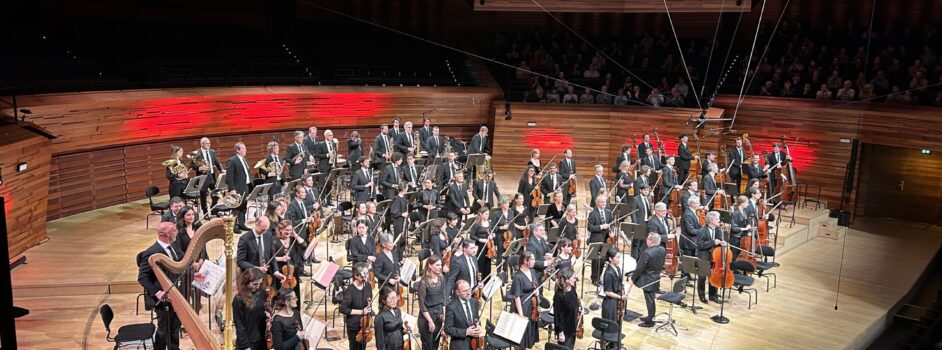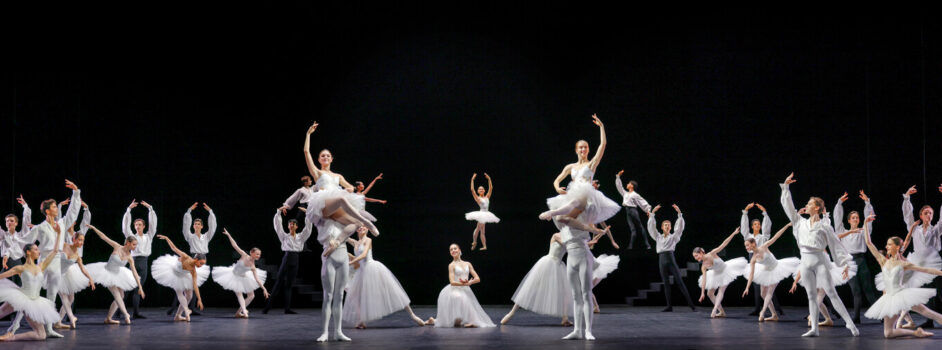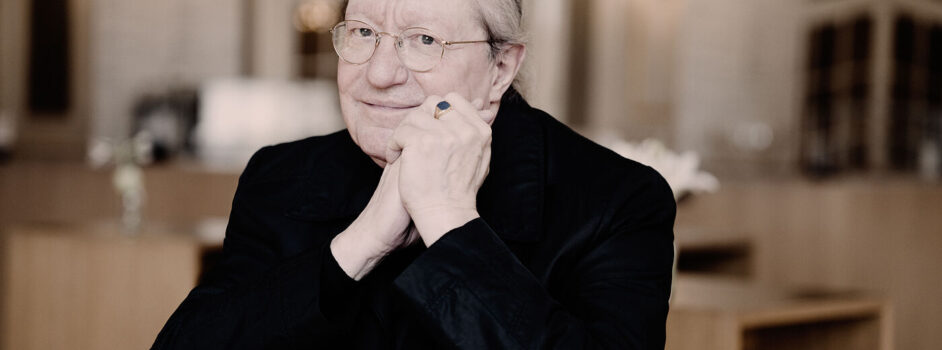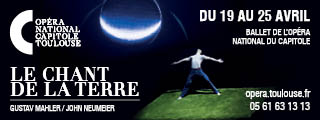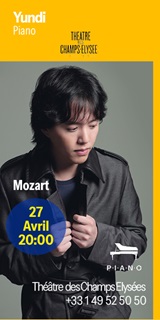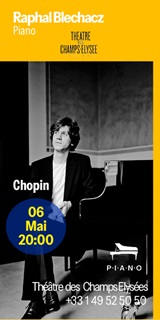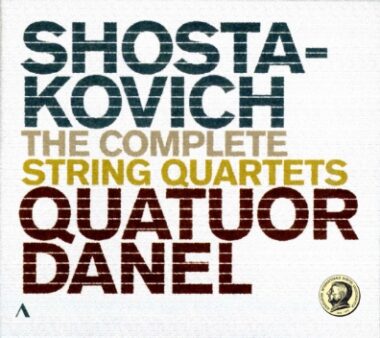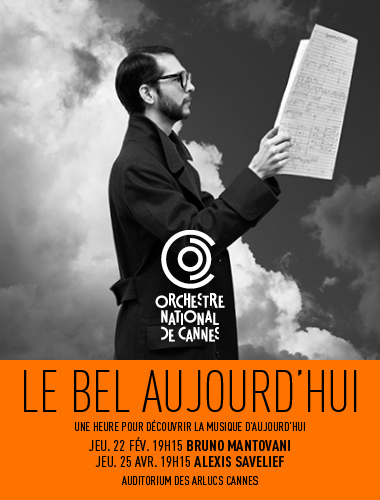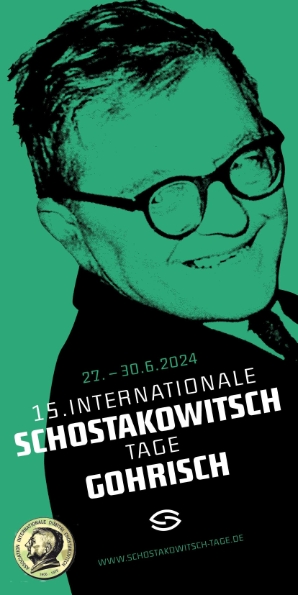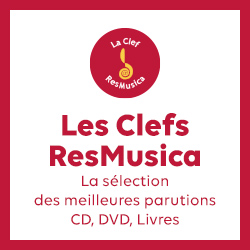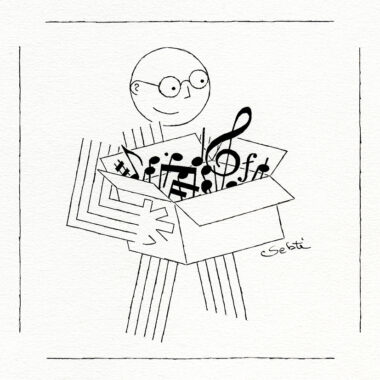Plus de détails
Helsinki. Helsinki Music Centre. 25-I-2017. Luca Francesconi (b. 1956): Duende-The Dark Notes; Gustav Mahler (1860-1911): Symphony No. 6. Leila Josefowicz: violin; Helsinki Philharmonic Orchestra, conductor: Susanna Mälkki
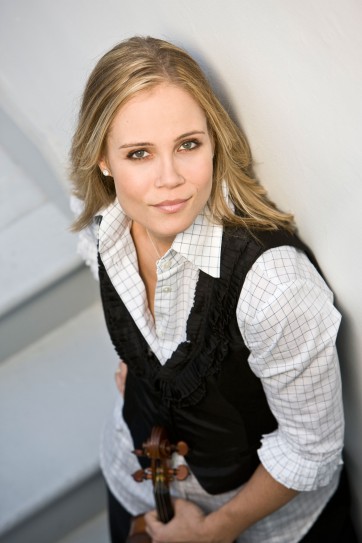 Throughout the first movement of Mahler's Symphony No. 6, careful attention was given to accents, articulations, and dynamics, along with a clear focus on orchestrational detail.
Throughout the first movement of Mahler's Symphony No. 6, careful attention was given to accents, articulations, and dynamics, along with a clear focus on orchestrational detail.
Susanna Mälkki's recent performances with her new band, the Helsinki Philharmonic Orchestra, have generally presented a mix of the old and the new. While Mälkki might have a bit of a reputation as a new music specialist, she is equally at home in the great romantic repertoire, as demonstrated this evening by her powerful (and at times blistering) rendition of Mahler's monumental Symphony No. 6.
The program began with a violin concerto by Luca Francesconi, entitled Duende. Inspired by the demon of flamenco, the composer described the work as containing « a subterranean force of unheard-of power that escapes rational control. »
The work began in the stratosphere of both the soloist and orchestra, introducing an atmosphere laden with nervous and restless energy. This sense of restlessness continued throughout; from the menacing, heaving undertones in the orchestra's lower register to the fragmented and ascetic lyricism. In the second half of the work, the music became a frantic race, with the soloist singing above the fray. A somewhat static, darkly glowing section provided welcome relief, even as the orchestra continued to rustle nervously. The work seemed to float away into nothingness, but ended abruptly on a pizzicato chord from the soloist.
It would be an understatement to say that this work was demanding on the soloist; Francesconi exploited almost every effect possible on the violin, and pushed the limits of both conventional and unconventional virtuosity. If there is any violinist on the planet who could tackle such music, it was the dedicatee, Leila Josefowicz, who was born to play music like this.
Following intermission came the main event, Mahler's Symphony No. 6. The opening measures of the work provided an immediate overview of Mälkki's rendition: stern and precise. Throughout the movement, careful attention was given to accents, articulations, and dynamics, along with a clear focus on orchestrational detail. The overall effect made for a truly exciting and overtly emotional rendition of this movement.
Mälkki placed additional emphasis on the motivic links between the Allegro and the Andante; in this performance the Andante was placed second. Mälkki adopted a rather measured, but not quite broad, approach to the Andante. This gave the impression of savoring an oasis of calm before the impending catastrophe. The beauty in this movement was somewhat cool, but the main climax was nevertheless rendered with great yearning.
The Scherzo was taken at a somewhat brisk pace. Under Mälkki's direction there seemed to be a focus music's mercurial aspects. Similar to the first movement, there was a great focus on orchestrational detail and color in the opening to the massive Finale. There was a feeling of tentativeness here, similar to the Andante, as if one were trying to postpone the inevitable. The hammer blows (two in this performance) were deafening in their impact. The final dirge for brass felt truly spent and defeated, and the final crash probably managed to surprise even the most experienced listeners.
Credit photo: Leila Josefowicz (c) Henry Fair
Plus de détails
Helsinki. Helsinki Music Centre. 25-I-2017. Luca Francesconi (b. 1956): Duende-The Dark Notes; Gustav Mahler (1860-1911): Symphony No. 6. Leila Josefowicz: violin; Helsinki Philharmonic Orchestra, conductor: Susanna Mälkki

